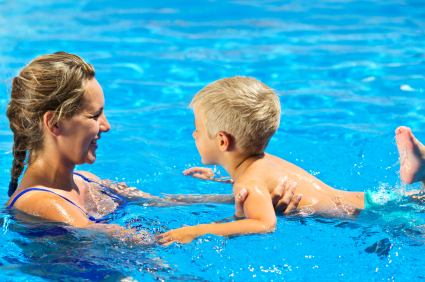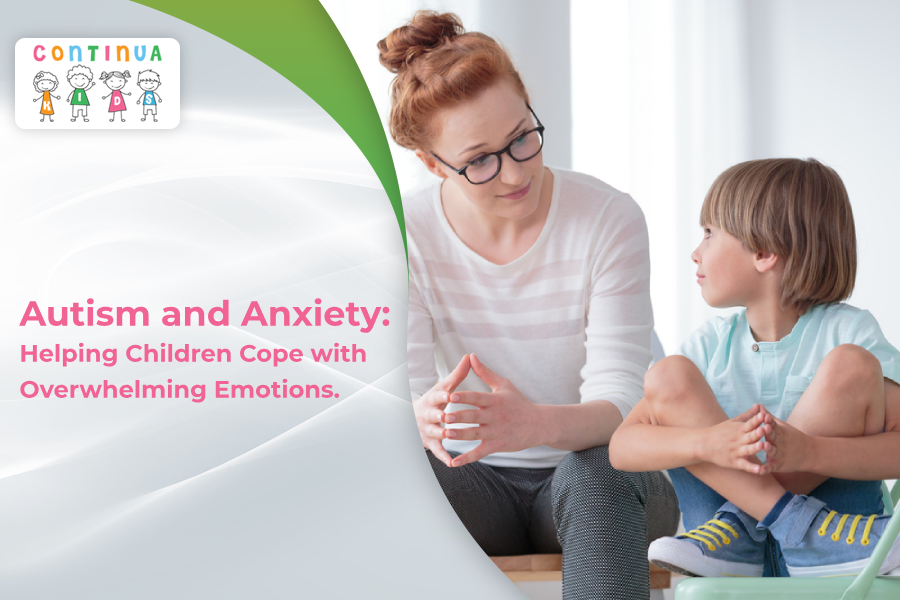- What is Paediatric Aqua Therapy?
Paediatric aqua therapy is a therapeutic and recreational therapy to have exercises and specific physiotherapy techniques through games and activities in warm water.
Hydrotherapy is a popular choice for the treatment of children with neurological, developmental, orthopaedic conditions and for children after surgery
Physical activity may be hard for handicapped children, but they can move more in the water. For some kids, water may be the only environment to attain total independence.
- What are the benefits of Aqua therapy?
Based on the physiology and properties of warm water, hydrotherapy helps to
1. Warm the muscles and promote relaxation. The muscles are easier to stretch
2. There is constant sensory input when the child moves, movement improves circulation. This promotes healing, relief swelling and pain
3. It relieves child’s weight and makes movement easier with less effort. More range of movement can be achieved as the child finds it easier to move.
4. Active assisted or resisted exercises can be graded and progressed making use of buoyancy, turbulence and working against upthrust by putting the body in different positions. Strength of weak muscles is maintained and endurance can be built up gradually
5. The physical property of water will help to slow down the falling and gives the child enough time to learn righting and to regain the upright position.
Once the child acquires breathing control and masters the skill to move in water, the child will have more confidence to move freely in water and thus swim.
6. Children enjoy being in water and find treatment sessions to be fun, this increases their compliance with exercise and enhance gross motor skills
- What are the patient types who can be treated by Aqua therapy?
1. Children with orthopaedic or musculo-skeletal problems like Perthes Disease, osteogenesis imperfecta, etc
2. Various post-surgical conditions such as post-tendon release, post-joint surgical repair, post selective dorsal rhizotomy, clients with gastrostomy
3. Children with pain conditions, e.g. Juvenile Rheumatoid Arthritis
Children with neuro-muscular diseases, e.g. Duchenne muscular dystrophy, spinal muscular atrophy, other congenital muscular disease
4. Children with obesity or other metabolic diseases
5. Children with neurological conditions, e.g. cerebral palsy, spinal bifida
6. Children with developmental delay, e.g. Down’s syndrome, Prader Willi Disease, Autistic Spectrum Disorder, Hyperactivity disorder
- How do a therapist choose a candidate?
The paediatric physiotherapist will assess the children for the suitability of attending hydrotherapy
1. If the child will benefit more in water than with land exercise, especially those who cannot tolerate land- based exercises
2. Contraindications of hydrotherapy will be checked
3. There is an adult accompanying the client during the hydrotherapy session
- What is the preparation needed from a patient’s perspective?
Children not toilet trained should be brought to toilet before entering water and with a clean diaper. Heavy meal is not recommended before water entry
Children with small wound/ gastrostomy site should be sealed with Tegaderm/ water proof bandage.
How do a therapist set a goal?
The treatment goals of hydrotherapy vary according to the condition of patients.
- Short term goals
1. Improve mobility and flexibility
2. Improve strength
3. Assist weight-bearing and tolerance
4. Improve head and trunk control and balance
5. Improve breathing control
6. Improve confidence in water
7. Improve spatial awareness and proprioception
8. Normalize muscle tone
9. relief pain
- Long term Goals
- Regain strength, balance, mobility and to attain a higher-level functioning
2. Learn to swim or move in water
3. Promote body fitness and sustain a healthy life style
4. Improved self-esteem, confidence, and motivation
5. Improve quality of life
- What is the duration of session?
- Each hydrotherapy session lasts 30 minutes
- Each round will include 8 sessions either once/ weekly or twice/ weekly
- Programme is tailored made
Group treatment will be arranged if there are homogenous group of >5 children at the same time
- What are the programs done in water therapy?
Based on Halliwick Method and Bobath approach in paediatric neuro-rehabilitation, children with special needs will learn how to control and swim gradually.
The main areas are mental adjustment, breathing control, disengagement, rotation control and use of limbs, relaxation and finally propulsion and swim.




